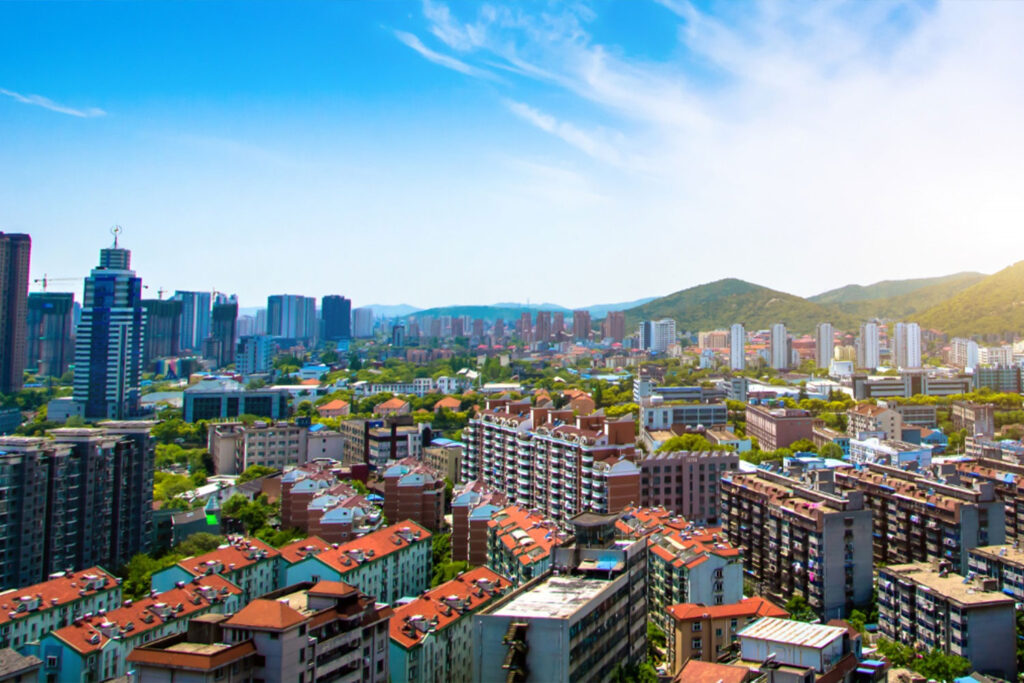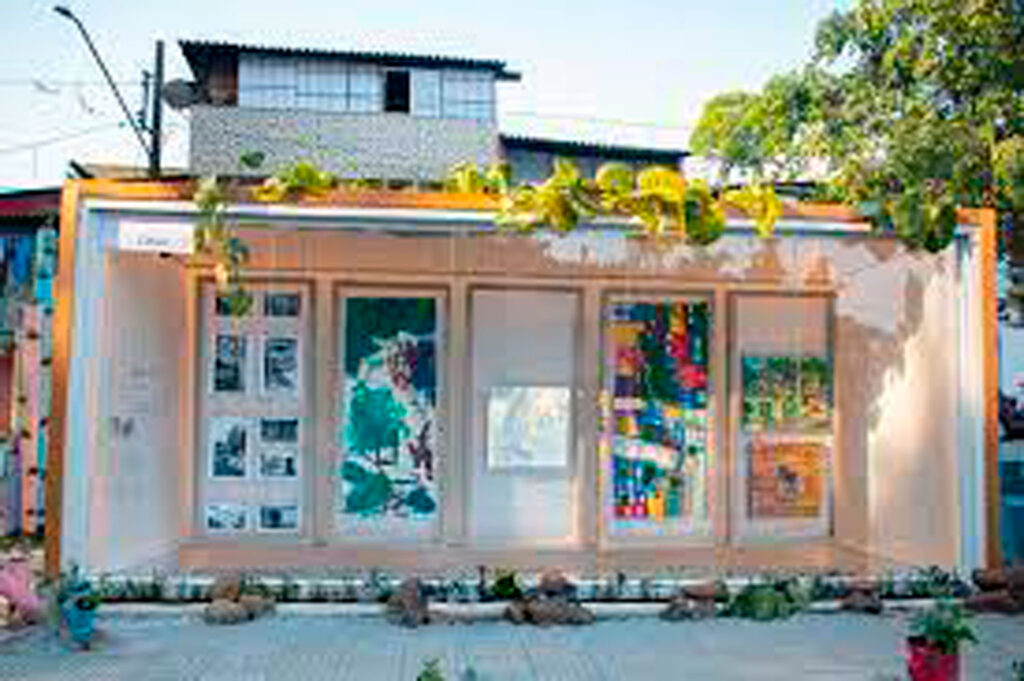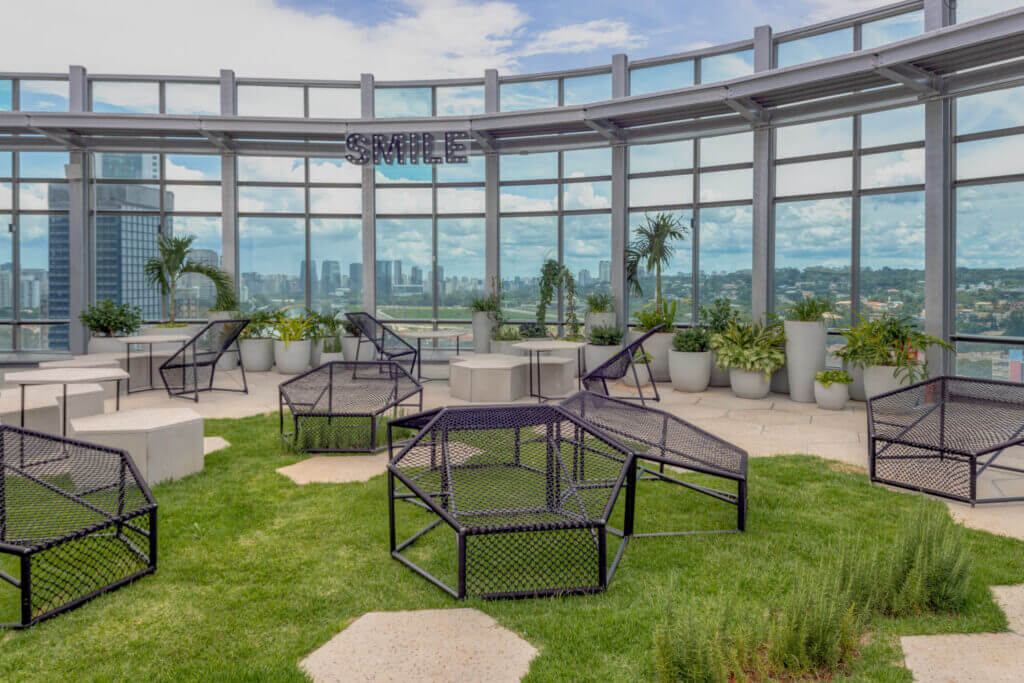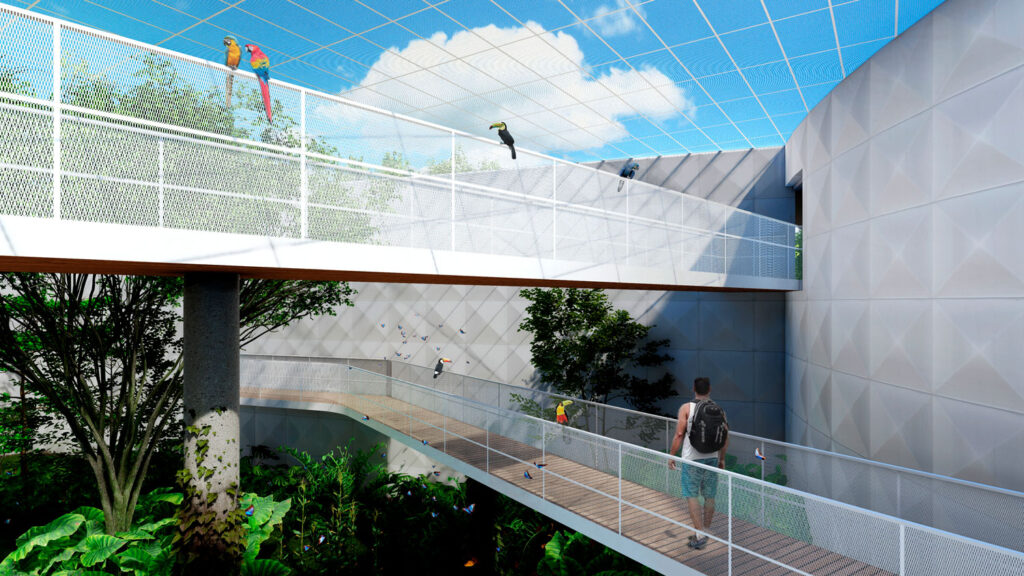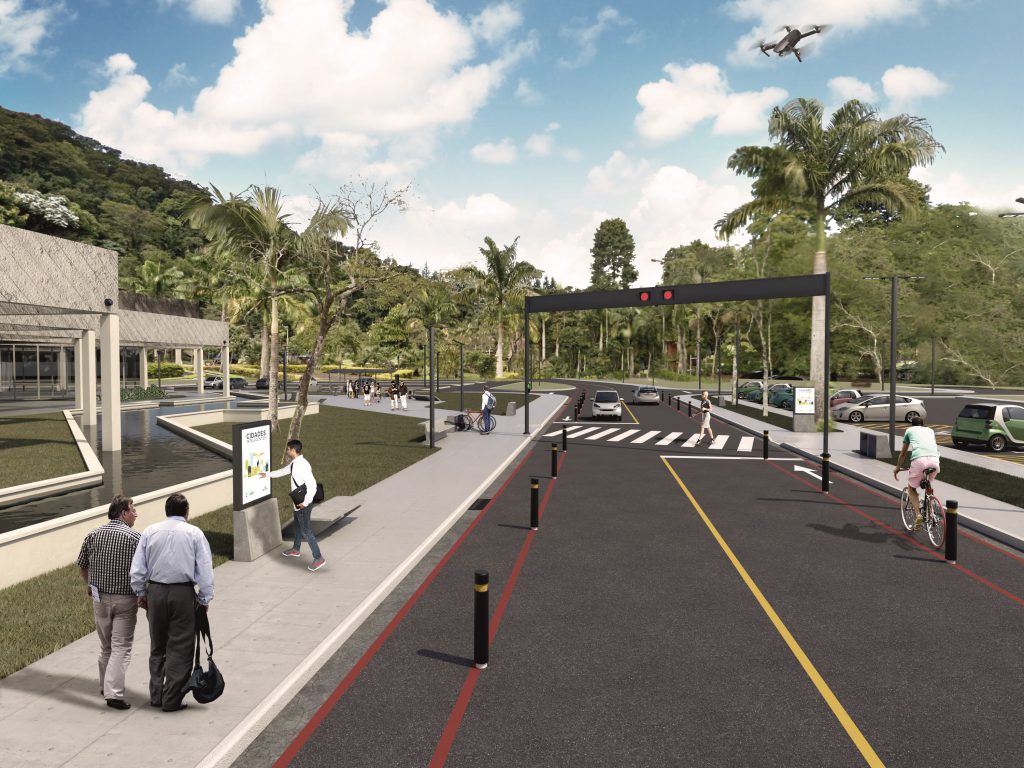When talking about planned cities, there is one that immediately comes to everyone's mind: Brasilia. The country's capital is one of the main examples of a planned city, but there are many others that can also be mentioned and that appeared even before the federal capital.
Understand, below, a little more about what they are and what is the importance of planned cities and get to know some of the main ones in Brazil.
O que são as cidades planejadas no Brasil?
As cidades planejadas são criadas a partir da idealização de um projeto feito por engenheiros, urbanistas e arquitetos.
Como são construídas a partir dos olhares de profissionais especializados, o resultado esperado é uma maior qualidade de vida dos habitantes e a redução dos problemas que costumam acontecer no processo de urbanização.
Importância das cidades planejadas no Brasil
Esses modelos de cidades planejadas são mais estruturados e preparados para receber a vida cotidiana da população, já que são feitos de acordo com as demandas existentes e toda expansão é realizada junto a políticas públicas.
Com isso, esse tipo de projeto é muito importante para possibilitar diversas melhorias, como a redução do trânsito, além de uma maior arborização e construção de espaços verdes por meio do paisagismo urbano.
Além disso, é essencial para que as tubulações de esgoto e água comportem o crescimento da cidade, bem como para que o asfalto seja adequado e suficiente para o volume do trânsito. Esses e outros elementos, se não forem planejados, prejudicam o cotidiano dos moradores e até mesmo comprometem a segurança.
Planned Cities in Brazil
Teresina
Founded in 1852, Teresina received an orthogonal chess-style layout and is positioned between the Poti and Parnaíba rivers, which allowed greater access to water for the population and the emergence of trade with other regions.
Today, there are several green areas around the city, which was only possible thanks to the planning of wide avenues.
Aracaju
Next came Aracaju, created in 1855. The project for this city was successful, mainly because it was located near the sea, attracting port activities.
Strategically planned to be the capital of Sergipe, the construction was developed in the shape of a chessboard.
Belo Horizonte
Breaking the pattern of chess formats, Belo Horizonte was planned in a perpendicular format with streets that receive diagonal cuts. In the center of the city, a strong sanitation, education, health and transport infrastructure was created, all of which is bordered by Avenida do Contorno.
Still, outside the center, the designer designed a green belt through which the city had its supply. However, the part outside Avenida do Contorno was not part of the structural planning priorities, as it was expected that this region would grow later.
Therefore, the prediction did not materialize, as the city grew rapidly and this area ended up being inhabited without the proper infrastructure.
Brasilia
Finally, Brasília was inaugurated in 1960 by the well-known architect Oscar Niemeyer in partnership with Lúcio Costa. Created to be the capital of the country, the position was strategically planned to avoid maritime attacks and boost the growth of the central region of the country.
Among the highlights of this city's planning are the superblocks that were developed to allow for ample spaces for socializing. In these blocks, the buildings were built suspended so as not to be an impediment to the movement of people.
Cidades planejadas hoje em dia
As cidades planejadas do Brasil e do mundo surgem como uma solução para o crescimento urbano desordenado. Elas são projetadas levando em consideração fatores como mobilidade urbana, sustentabilidade, infraestrutura e qualidade de vida.
Diferentemente das cidades que se expandem de forma espontânea, as planejadas contam com um desenho urbano estratégico, que facilita a organização dos espaços públicos, a distribuição de serviços e a circulação de pessoas e veículos.
No Brasil, as cidades planejadas se tornaram uma alternativa viável para evitar problemas comuns em grandes centros urbanos, como congestionamentos, falta de saneamento básico e ocupação irregular.
Atualmente, novas cidades e bairros planejados estão sendo desenvolvidos com conceitos modernos, incluindo áreas verdes, construções inteligentes e soluções tecnológicas para tornar o dia a dia dos moradores mais eficiente e sustentável.
Quantas cidades planejadas há no Brasil?
O Brasil conta com várias cidades planejadas, algumas criadas desde o período colonial e outras mais recentes, concebidas com técnicas de urbanismo avançadas.
A mais conhecida é Brasília, inaugurada em 1960 como a nova capital do país, planejada por Lúcio Costa e com edificações projetadas por Oscar Niemeyer. Além dela, existem outras cidades planejadas importantes, como:
- Palmas (TO): Criada em 1989 para ser a capital do Tocantins, foi planejada com largas avenidas e bairros organizados para facilitar o crescimento ordenado.
- Boa Vista (RR): Capital de Roraima, a cidade tem um planejamento urbanístico inspirado em Paris, com avenidas largas que partem de um centro circular.
- Goiânia (GO): Fundada em 1933 para substituir a antiga capital de Goiás, a cidade foi projetada para suportar o crescimento populacional e preservar áreas verdes.
- Nova Londrina (PR) and Marabá (PA): Outras cidades brasileiras também foram planejadas para impulsionar o desenvolvimento econômico e social da região onde estão inseridas.
Além das cidades inteiramente planejadas, existem muitos bairros que seguem esse conceito dentro de grandes centros urbanos, como Alphaville, em São Paulo, e o bairro planejado Pedra Branca, em Palhoça (SC), que prioriza a mobilidade sustentável e infraestrutura moderna.
Quais os benefícios de morar em uma cidade planejada?
Viver em uma cidade planejada traz diversas vantagens em comparação a cidades que cresceram de maneira desordenada. Algumas das principais vantagens incluem:
- Infraestrutura eficiente: O planejamento prévio permite que ruas, avenidas, redes de transporte, saneamento e energia sejam projetados para atender às necessidades da população desde o início. Isso evita problemas como falta de abastecimento de água ou trânsito caótico.
- Mobilidade e acessibilidade: A disposição estratégica das ruas e avenidas reduz congestionamentos e facilita o deslocamento, seja por transporte público, bicicletas ou carros. Muitas cidades planejadas já incorporam ciclovias e transporte coletivo eficiente desde a concepção.
- Sustentabilidade e áreas verdes: O urbanismo moderno valoriza o equilíbrio entre crescimento urbano e preservação ambiental, garantindo a presença de parques, praças e áreas de lazer bem distribuídas.
- Segurança e qualidade de vida: A organização do espaço urbano reduz problemas como ocupações irregulares e áreas sem infraestrutura adequada, tornando essas cidades mais seguras e agradáveis para se viver.
- Valorização imobiliária: Como são projetadas para oferecer qualidade de vida, as cidades planejadas do Brasil costumam ter imóveis mais valorizados, atraindo investimentos e desenvolvimento econômico.
Com esses benefícios, morar em uma cidade planejada se torna uma excelente opção para quem busca conforto, segurança e um ambiente urbano mais organizado e sustentável.
Did you like to know more about which was the first planned city in Brazil and others of great importance for the country?
Continue here on the Plantar Ideias blog and check out other content like this one!

